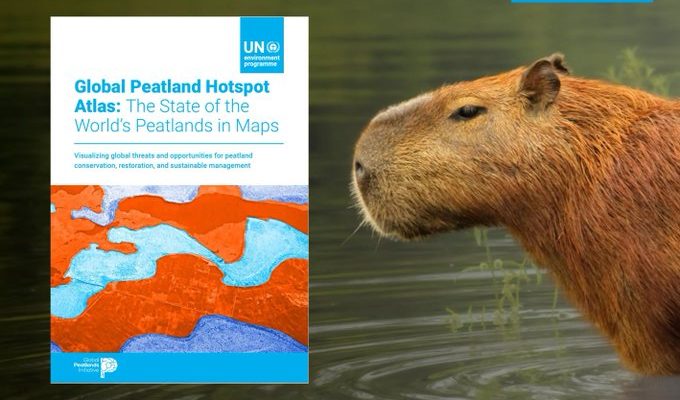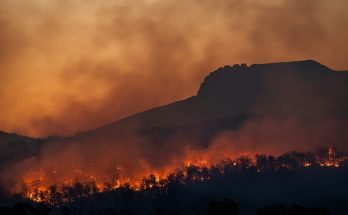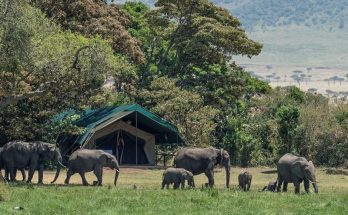Despite their critical role in mitigating climate change and providing essential ecosystem services, peatlands face significant threats and remain among the most poorly understood and under-monitored ecosystems globally.
The Global Peatland Hotspot Atlas: The State of the World’s Peatlands in Maps evaluates the current status of peatlands worldwide and highlights the threats they face from urbanization, industrialization, land use changes, and climate change. By compiling a series of maps that analyze the global distribution of peatlands in relation to geographic data on these threats, the Atlas offers a comprehensive overview of vulnerable areas.
As a key product of the Global Peatlands Initiative, the Atlas serves as a valuable tool for decision-makers, providing data, evidence, and clear insights into the global state of peatlands. By bridging the gap between science and policy, it identifies threats and opportunities, enabling informed decisions that prioritize their sustainable management. Additionally, the Atlas highlights the global potential for peatland conservation and restoration, with a focus on regions particularly vulnerable to future planning and development.
Building on the Global Peatlands Assessment and accompanying Global Peatland Map 2.0, released in 2022, the Atlas showcases updated and new redesigned hotspot maps. It covers an array of thematic layers, including biodiversity and species richness, protected areas, mountain and permafrost peatlands, arid and sub-arid peatlands, drainage and degradation, GHG emissions, traffic infrastructure and urbanization, agriculture, industrialization (e.g., mining, oil, and gas), floods, subsidence, fires, and more.
The Global Peatland Hotspot Atlas launching on 21 November 2024, is a call to action – not only to protect an ecosystem, but to acknowledge the human dimension and understand how the fate of peatlands is intrinsically linked to the future of our planet and its people. It places peatlands where they belong: at the heart of the global environmental agenda. The time to act is now, and the Atlas marks a crucial step toward safeguarding these ecosystems to ensure they continue supporting the generations to come.





